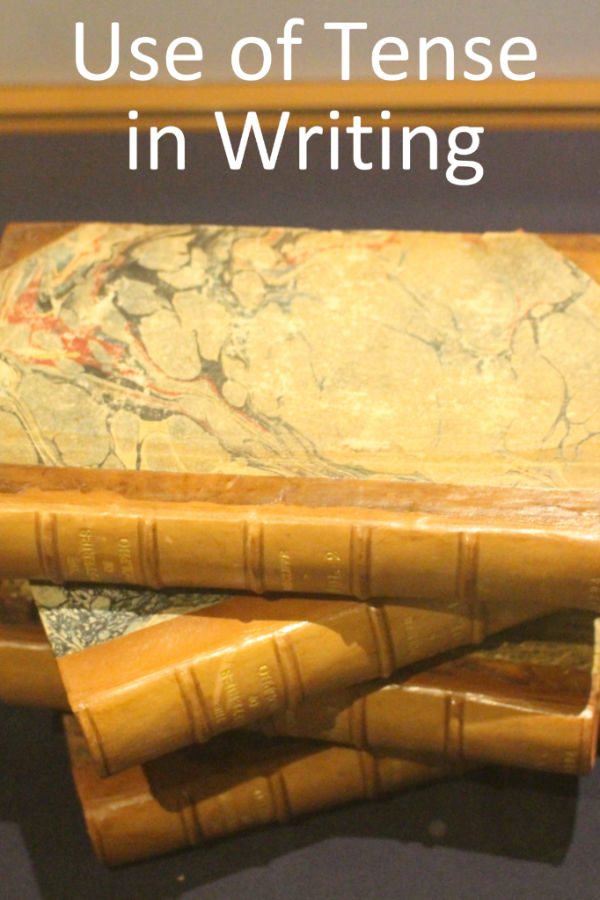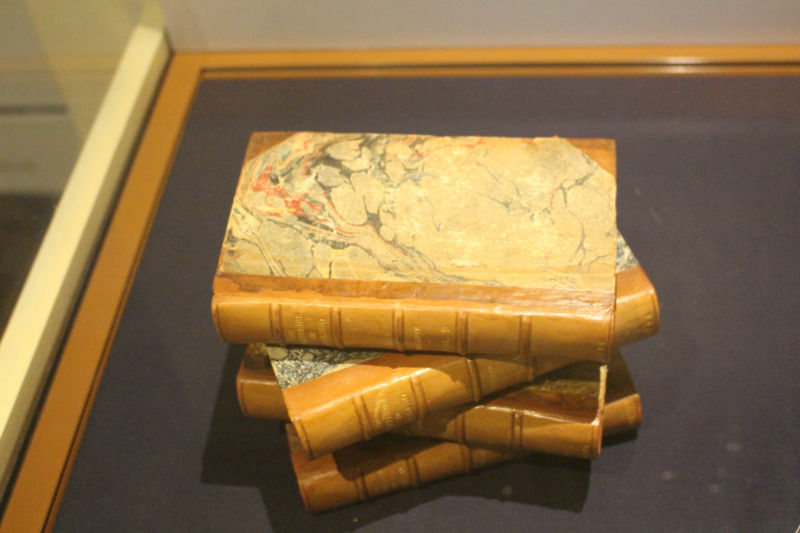Think of the last three books you read. Were they written in past tense or present tense? If you are a writer or were reading the book for discussion at a book club, you may have made note of the tense. Otherwise, there is a good chance you didn’t notice and can’t remember. Choice of tense is, however, matters.
Past tense depicts events as having already occurred, sometime before the narrative. e.g. I wrote my blog post about tenses. In present tense, the events are described as occurring in real time, in the current moment. e.g. I write my blog post about tenses. Future tense describes an event as occurring sometime in the future. e.g. I will write my blog post about tenses. It is rarely used in fiction and I am not going to discuss it here.
Past tense flows well. It has been used for storytelling across the ages. We are used to it and usually don’t consciously notice the tense as we read. I’ve read that use of past tense with a first person point of view can create a distance between reader and writer, but I haven’t experienced that in my own reading.
Present tense can shorten the distance between reader and writer. It adds immediacy and suspense. The reader experiences the events at the same time as the writer. However, it can be awkward at times. The reader is likely to notice use of tense.
The use of tense gets more complicated when there are flashbacks involved. If writing in present tense, flashbacks written in simple past tense flow easily. When writing in past tense, a flashback in past perfect (e.g. I had written my blog post about tenses) can be awkward to write and difficult to read. A skilled writer may find ways to limit use of past perfect without jarring or confusing the reader, but it is not necessarily an easy or natural task.
The book A Thousand Splendid Suns by Khaled Hosseini is written in four parts. The first three parts are in past tense. The short fourth part, which covers the last 35 pages of a 367 page book, is written in present tense. When I started the fourth part, I noticed the use of present tense and had to look back to remember how the first three parts were written. I don’t know why the author chose to use present tense for the last part. I suspect it may have been done to give a sense of being in the present and to make it clear this is life now after the events in the first three parts. I’ve read other books where chapters alternate between years ago and present time. Alternate use of past and present tenses can help keep the differences in time period clear.
Although I occasionally write fiction in present tense, I gravitate naturally to past tense as a rule. There are exceptions. I once shared a work-in-progress with my writing group. They pointed out I had changed from past tense to present tense at one point in the story. The point where I’d done that was full of action. I had been living in the moment of the story as I wrote it. I have since noticed that happen at other similar times. I get excited when it does because it signals I have became very involved in what I am writing. I suspect my writing is stronger as a result, even if I have to adjust the tenses in a future edit.
If you are a writer, is there a tense you need to prefer to use? Readers, do you prefer one tense over another?
PIN IT
(Note: a previous version of this post was originally published on Destinations Detours and Dreams.)

Simple past is generally best because as you note it flows. The reader tends to not notice it, and so it’s use doesn’t get in the way of telling the story. I just did a sample edit on a fantasy novel that was in present tense, and I’m actually relieved the author opted not to do with having me do the copy edit since reading 139,000 words of present tense would have been rather torturous!
Jeri, I prefer simple past in both reading and writing. I agree readers tend not to notice it.